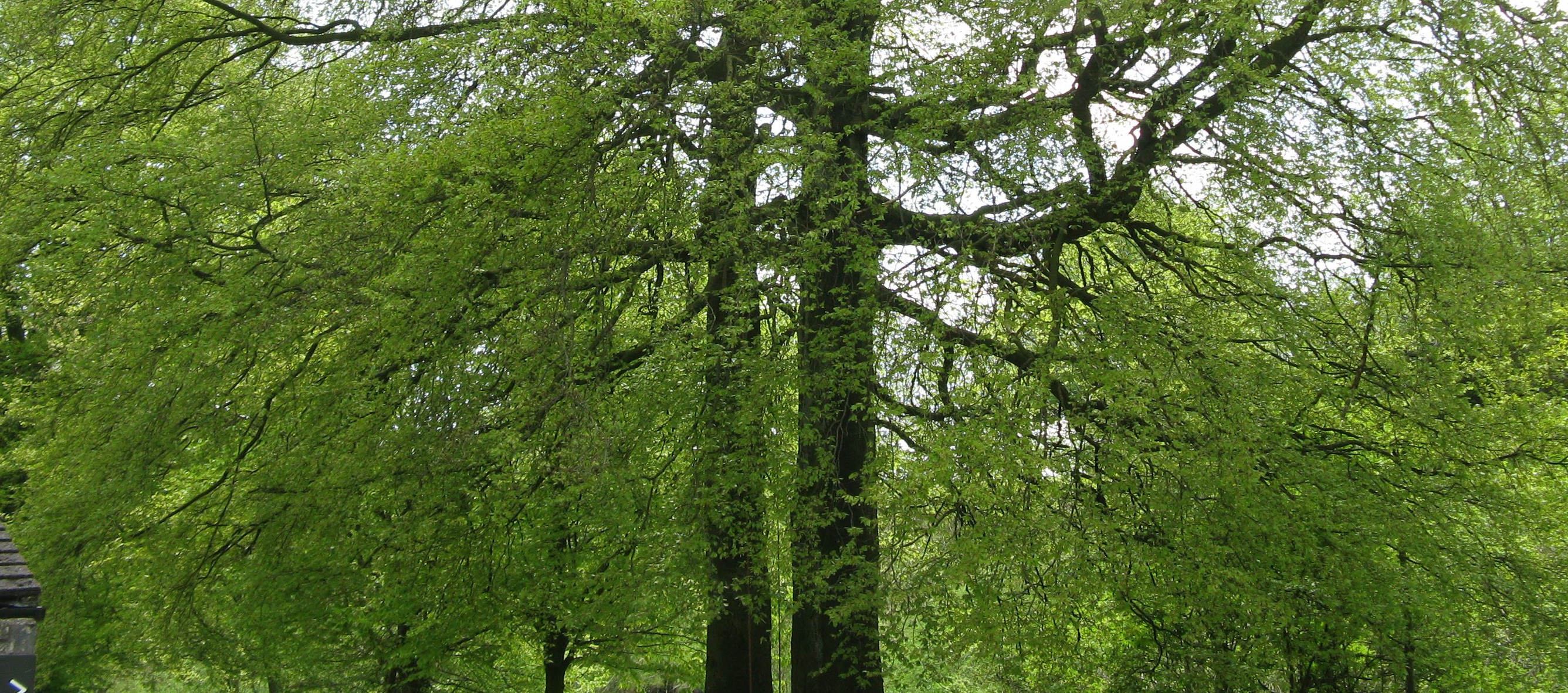A brief article to inform people of how to go about digging near trees and why it matters.
Digging occurs for many reasons but the most important (for the tree) usually occurs when a trench is being dug for foundations or utility, such as for cables or pipes (there are many ways tree roots can be damaged but I am concentrating on digging damage).
Tree roots, usually, do not go below a meter in depth in the  ground as there is not enough oxygen below to sustain them (through respiration). This is why it is usually feasible to dig under tree roots (Figure 8.16) instead of through them to install cables and pipes. For trees with tap roots, one can dig under the roots but to the side of the stem rather than directly under it.
ground as there is not enough oxygen below to sustain them (through respiration). This is why it is usually feasible to dig under tree roots (Figure 8.16) instead of through them to install cables and pipes. For trees with tap roots, one can dig under the roots but to the side of the stem rather than directly under it.
Construction work near trees should be properly evaluated as most root damage to trees often occurs during this time but the effects will only be seen several years later.
Here is an example of poor planning and devastating results:

A new construction was planned to go around this tree (image) as it was a central focal point. The tree was not considered sufficiently. The result was that many roots were destroyed during excavation and a main branch was to be removed. I was called in by the owners who could clearly see that the tree had become a hazard as the above ground parts stretched for over 15 meters each direction and the below ground parts were all cut off at 1.5 meters in each direction. The only outcome was removal of the tree as the stability and health of the tree was severely compromised.
Construction work near trees should be properly evaluated as most root damage to trees often occurs during this time but the effects will only be seen several years later. The UK minimum root protection area is 12 times the diameter of a tree measured at 1.5 meters from ground level (a 12 meter radius for a 1 meter diameter tree). Before digging within this area root presence or absence should be verified. Foundations within this area are most often of the pile variety rather than the typical trench foundation.
Please think next time you want to dig near trees, especially if you want to build as close as you can to that special tree, because that may just shorten its life time significantly and defeat your purpose.
If you want more info, clarifications or advice, you are welcome to contact me. [email protected] or 7598103616














